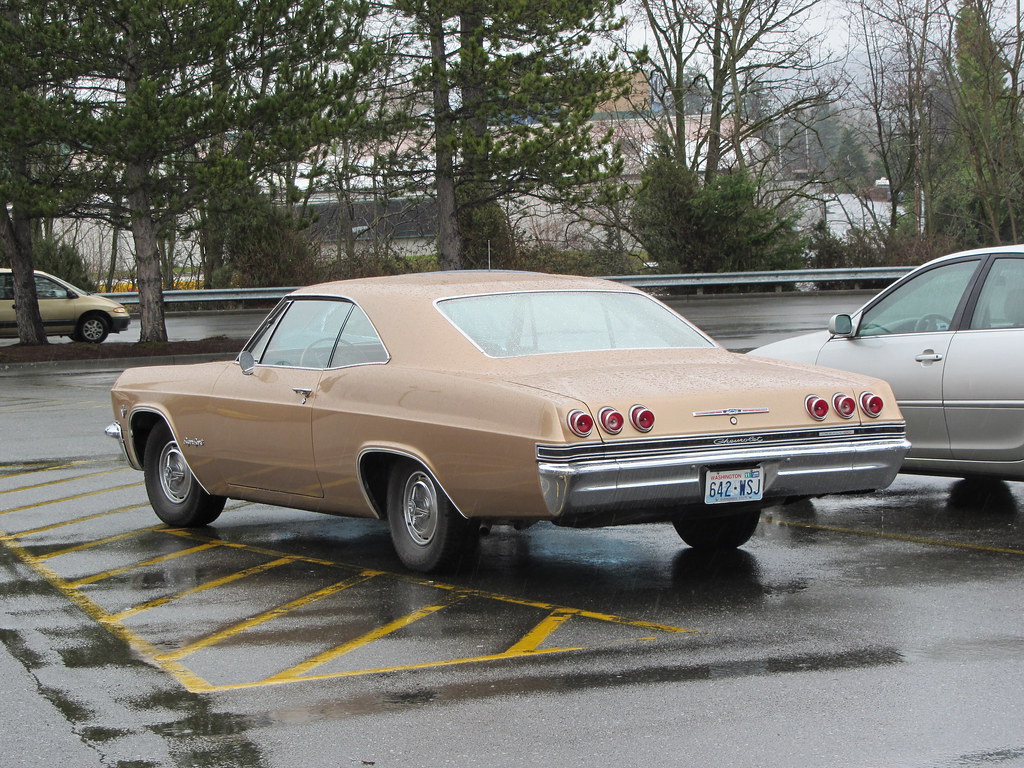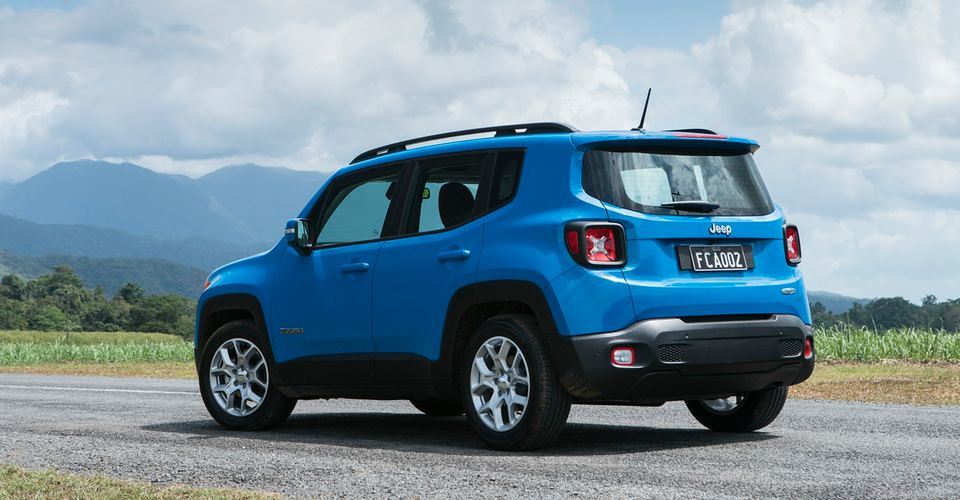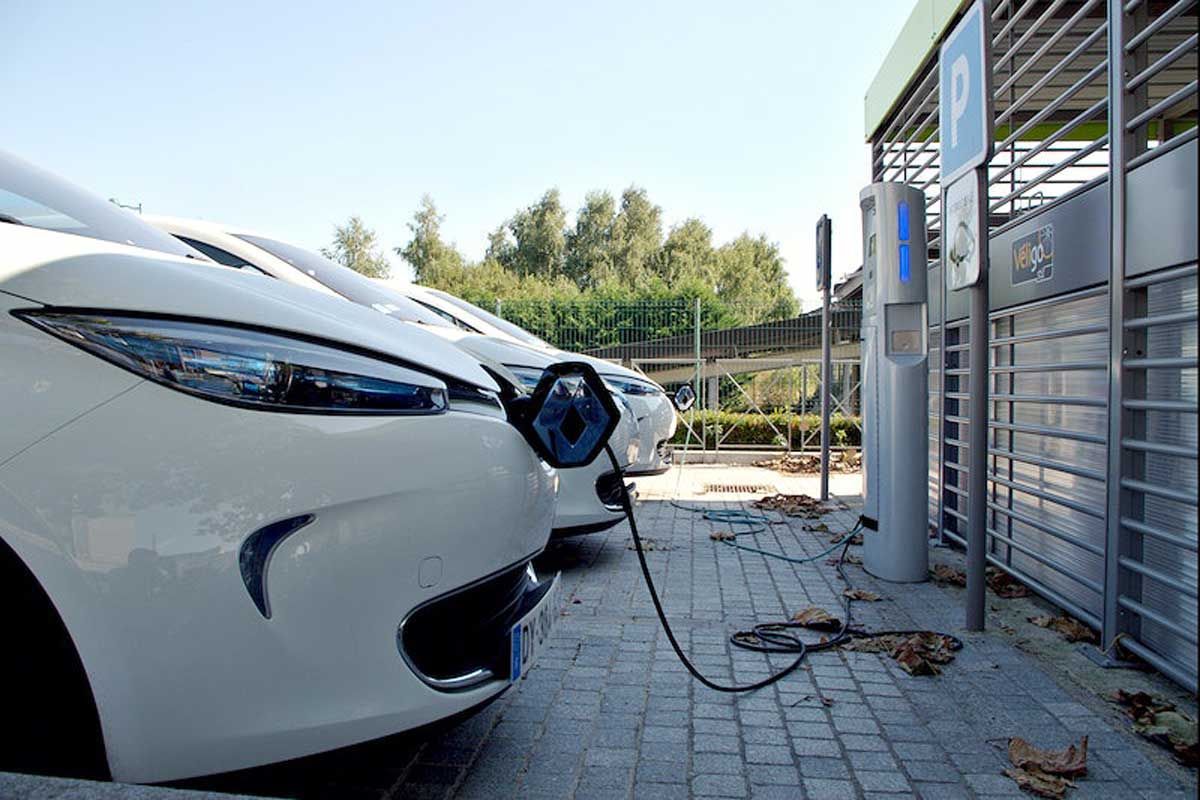
The transition to electric vehicles (EVs) is an exhilarating prospect, promising environmental benefits and cutting-edge technology. With new and improved models continually entering the market, the appeal of going electric is undeniable. However, for first-time EV buyers, this exciting journey can quickly encounter financial roadblocks if not navigated with careful planning and an understanding of specific pitfalls.
Successfully acquiring an EV involves more than just selecting a model; it requires mastering the financial aspects of vehicle ownership, which present unique challenges for electric cars. Many first-time buyers, captivated by the promise of electric mobility, often overlook crucial financial details. These oversights can lead to unforeseen expenses, long-term financial strain, or even buyer’s remorse, ultimately impacting their satisfaction with a significant investment.
This comprehensive guide is designed to empower first-time EV buyers by highlighting 14 critical financial mistakes that can cost thousands. By understanding these common missteps, you can ensure your transition to an electric vehicle is not only environmentally sound but also a smart, sustainable financial decision. Let’s explore the essential strategies to secure the best possible deal and avoid costly errors.

1. **Skipping Pre-Approval: A High-Cost Oversight**For first-time car buyers, especially with an EV’s often higher price tag (new cars average $47,500), skipping pre-approval is a significant financial error. Auto loan pre-approval means securing financing from a bank or credit union before visiting dealerships. This process empowers you with negotiating leverage, transforming you into a “cash buyer.”
The Consumer Financial Protection Bureau highlights that pre-approval places you in a position of strength, not desperation, during negotiations. This is crucial for EV purchases, allowing you to focus on the vehicle price, knowing your precise budget. It prevents emotional buying decisions on models beyond your financial limits.
Crucially, pre-approval acts as a defense against dealer financing markups. Dealers often mark up interest rates from their lending partners, creating profit. With a pre-approval letter, you have a benchmark rate, allowing you to challenge dealer offers or use your external loan. This can save first-time buyers an estimated $500 to $2,000 or more over the loan term.
To get pre-approved effectively, check your credit score early. Apply with three to five different lenders within a 14-day window to minimize credit impact. Always compare the total loan costs, not just interest rates, and bring your pre-approval letters to the dealership. This preparedness ensures you enter negotiations on your terms.
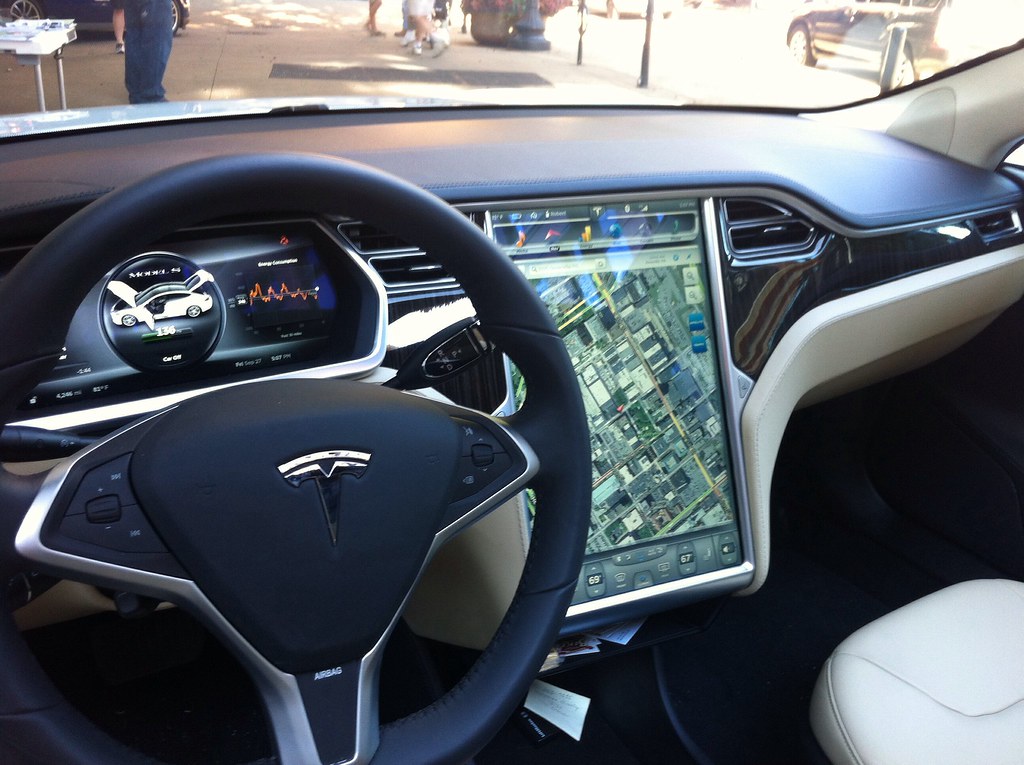
2. **Focusing Only on Monthly Payments Over Total Cost**The “monthly payment trap” ensnares many first-time car buyers, especially with an expensive EV. Focusing solely on a seemingly affordable monthly payment, rather than the true total cost of the loan, is a common and costly mistake. This oversight can lead to paying thousands in additional interest.
With new vehicle prices averaging around $47,500, buyers often extend loan terms to 72 or even 84 months to reduce monthly payments. While this provides short-term relief, it dramatically inflates the total interest paid, making the EV significantly more expensive. The immediate affordability masks substantial long-term financial burden.
Consider a $25,000 car financed at 6% APR. A 36-month loan is $761/month, totaling $27,396 ($2,396 interest). A 72-month loan, however, is $414/month, but costs $29,808 ($4,808 interest). The longer term saves $347 monthly but adds $2,412 to the overall cost.
A smart payment strategy requires calculating proper affordability. Your total transportation budget (payment, insurance, maintenance, charging) shouldn’t exceed 15-20% of your gross income. Use calculators to see total loan costs and choose the shortest loan term you can comfortably manage to minimize interest.
Read more about: Dealership Dirt Uncovered: 15 Sneaky Car Sales Tactics Every Buyer Needs to Master

3. **Accepting Dealer Financing Without Shopping Around**A frequent and expensive mistake for first-time EV buyers is accepting the dealership’s financing offer without exploring other options. Dealerships often mark up interest rates from their lending partners, creating a profit on your loan. The Consumer Financial Protection Bureau emphasizes that shopping around can save hundreds to thousands of dollars.
Dealer markups are straightforward: a bank might offer the dealer 4% rate, but the dealer quotes you 6%, keeping the 2% difference. This could add $50-100+ to your monthly payment, significantly increasing the total cost of your EV. Roughly half of consumers don’t comparison shop for auto loans.
First-time EV buyers have strong alternatives. Credit unions frequently offer more competitive rates, often passing profits to members, and many have special first-time buyer programs. Major banks also feature established programs with benefits like lower interest rates. Online lenders provide convenience and competitive rates for those with limited credit history.
Your shopping strategy should involve obtaining quotes from three to five different lender types. Critically, compare Annual Percentage Rates (APRs), which include all fees, for the true cost of borrowing. Use these external offers to negotiate with the dealer, aiming to beat your pre-approved rate, and always meticulously review all terms before signing.
Read more about: Steering Clear of Financial Disaster: Critical Mistakes Luxury Car Buyers Make with Loans and Ownership
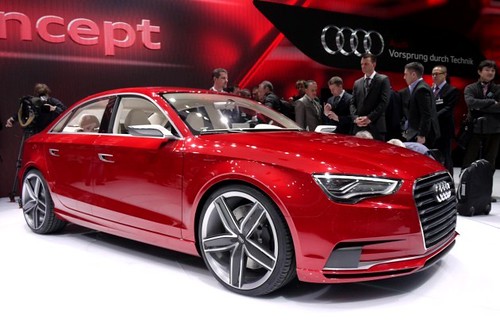
4. **Buying More Car Than You Can Afford**Many first-time EV buyers, captivated by innovative technology and performance, often overextend their budgets. With new cars averaging $47,500, and EVs often at the higher end, stretching finances for a desirable model is a common misstep. This can lead to financial strain and, in severe cases, default.
True affordability requires a realistic budget. A safe guideline suggests your car payment should be 10-15% of your gross monthly income. Beyond this, allocate funds for insurance, maintenance, and charging. Crucially, never finance more than four times your monthly income. For example, a buyer earning $50,000 annually ($4,167 monthly) has a safe payment range of $417-625/month, equating to a maximum loan of $20,000-25,000.
Remember to factor in additional monthly costs like insurance ($150+), maintenance ($100+), and charging ($120+). These can quickly accumulate, making an “affordable” payment burdensome. Overlooking these expenses can lead to a budget crisis.
Consider the new versus used market. Edmunds data shows a price gap over $20,000, with new cars at $47,542 and used at $27,177. Certified Pre-Owned (CPO) EVs offer significant advantages for first-time buyers: extended warranties, rigorous inspections, potentially lower insurance, and avoiding the immediate 20-30% first-year depreciation. CPO options provide more car for your budget without overleveraging.
Read more about: Rev Up Your Restoration: The Ultimate Guide to the Best Free Online Forums for Classic Car Enthusiasts

5. **Not Understanding Loan Terms and Hidden Fees**The financial intricacies of an EV purchase often include complex loan terms and hidden fees that first-time buyers may not fully grasp. While the Consumer Financial Protection Bureau requires Truth-in-Lending disclosures, many buyers proceed without a complete understanding, leading to unexpected costs. This lack of diligence can significantly inflate the total ownership cost.
Understanding essential auto loan terminology is vital. The Annual Percentage Rate (APR) is the true cost of borrowing, including interest and fees; always compare APRs, not just interest rates. The Loan Term, or repayment length, impacts total interest, with longer terms meaning higher overall costs despite lower monthly payments. A Down Payment, ideally 20% for new and 10% for used cars, reduces your loan amount and can secure better rates.
Gap Insurance is another term requiring scrutiny. It covers the difference between your loan balance and car value if totaled. While it sounds beneficial, it’s often unnecessary if you make a substantial down payment, as your equity will likely protect you. Understanding its specific utility can prevent adding an unwarranted expense to your EV financing.
Beware of dealer-added hidden fees and products. Common culprits include documentation fees ($200-800+), often negotiable. Extended warranties are frequently overpriced and may duplicate existing manufacturer coverage; these are usually cheaper if purchased separately. Paint and fabric protection or service contracts are high-margin add-ons with questionable long-term value for an EV. Dealers can add $2,000-$4,000 or more in such fees, eroding your budget without providing genuine value.
Read more about: Dealership Dirt Uncovered: 15 Sneaky Car Sales Tactics Every Buyer Needs to Master
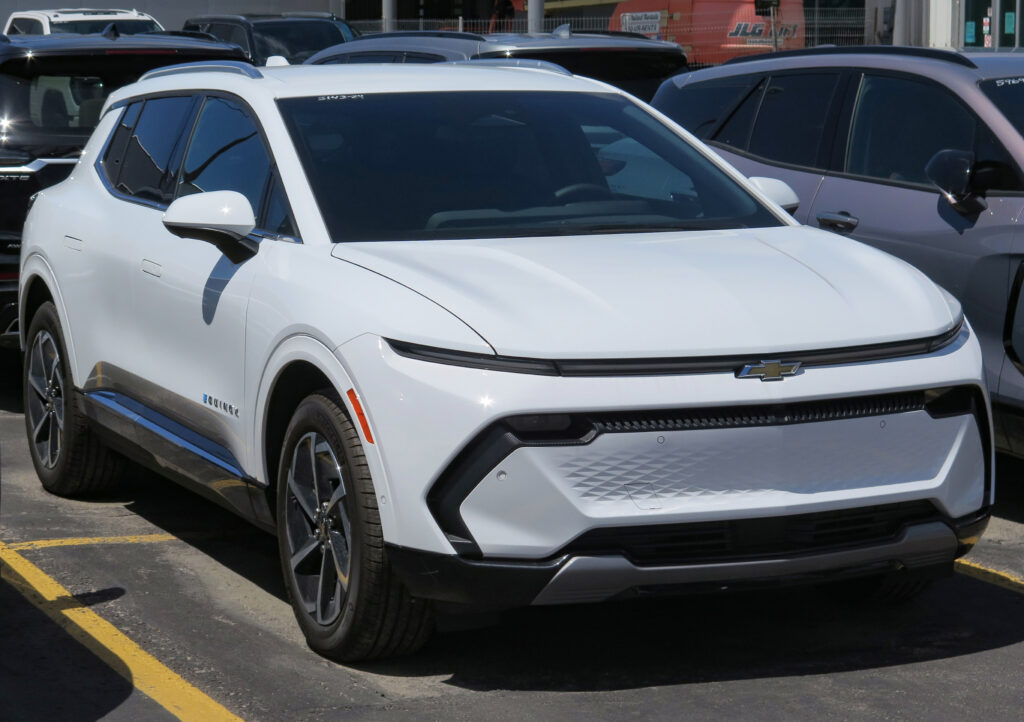
6. **Ignoring Your Credit Score and Not Building Credit**Your credit score directly dictates the interest rate and terms of your EV loan, making it a pivotal factor in your overall financial outlay. First-time buyers often face higher rates due to limited credit history. Ignoring this crucial aspect is a costly mistake that can add thousands to your EV’s price.
The financial impact of credit scores is significant. For a $25,000, 60-month loan, an excellent score (750+) might yield 3-5% APR, costing $1,940-$3,306 in interest. A fair score (650-699) could see APRs at 8-12%, pushing interest to $5,428-$8,360. Below 650, rates can exceed 12-18%+, with interest potentially surpassing $12,980. This disparity underscores the financial necessity of a strong credit profile.
Your first EV loan is a prime opportunity to build credit history responsibly. Making all payments on time is paramount, as payment history accounts for 35% of your credit score. If feasible, paying more than the minimum demonstrates financial discipline. Maintaining low credit utilization on other accounts and diligently monitoring your credit report for accuracy are also crucial steps.
For those with minimal credit, becoming an authorized user on a family member’s credit card can offer a boost. While first-time buyers might initially face higher APRs, consistent, on-time payments on your EV loan will steadily improve your credit score. This not only enhances your current financing but also paves the way for better rates on future vehicle purchases.
Read more about: Navigating the Wild: The Best 2025 SUVs Packed with Off-Roading Prowess for American Adventurers

7. **Forgoing the Test-Drive: A Costly Risk of Buyer’s Remorse**While not a direct financial transaction, skipping the test-drive of an electric vehicle poses a significant hidden financial risk for first-time EV buyers: the potential for costly buyer’s remorse and premature vehicle turnover. The EV driving experience is fundamentally distinct from internal combustion (IC) vehicles. Failing to personally evaluate these differences can lead to profound dissatisfaction with a major investment.
EVs are characterized by a low center of gravity, contributing to superior handling and responsiveness. They offer a remarkably quiet cabin and instant, maximum torque from zero RPM, delivering powerful, immediate acceleration. These aren’t minor variations; they redefine the driving feel, making a test drive essential.
Committing to an expensive EV without experiencing these unique dynamics firsthand is a gamble. Imagine investing a substantial sum only to discover you dislike the silent operation, find the rapid acceleration unsettling, or prefer the familiar vibrations of an IC engine. Such dissatisfaction, rooted in an unverified driving experience, can create a strong urge to sell or trade the vehicle much sooner than planned.
Early vehicle turnover carries significant financial penalties. This includes potential losses from depreciation, which is most severe in the first few years, and possible early repayment fees on your loan. Such actions effectively transform an appealing purchase into a more expensive proposition than anticipated. Therefore, for first-time EV buyers, the test-drive is a crucial due diligence step, safeguarding against costly dissatisfaction and ensuring your electric vehicle is a joy to own, not a source of financial regret.
Optimizing EV Ownership: Strategic Approaches to Managing Ongoing Costs, Charging Infrastructure, Maintenance, and Maximizing Long-Term Value for First-Time EV Buyers
Transitioning to an electric vehicle extends beyond the initial purchase; it encompasses a new paradigm of ownership that, while often more efficient, harbors its own set of financial traps for the unprepared. The second phase of your EV journey focuses on managing the ongoing costs, understanding the nuances of charging infrastructure, planning for maintenance, and ultimately maximizing the long-term value of your investment. By addressing these often-overlooked aspects, first-time EV buyers can cement their electric mobility experience as truly financially sound.
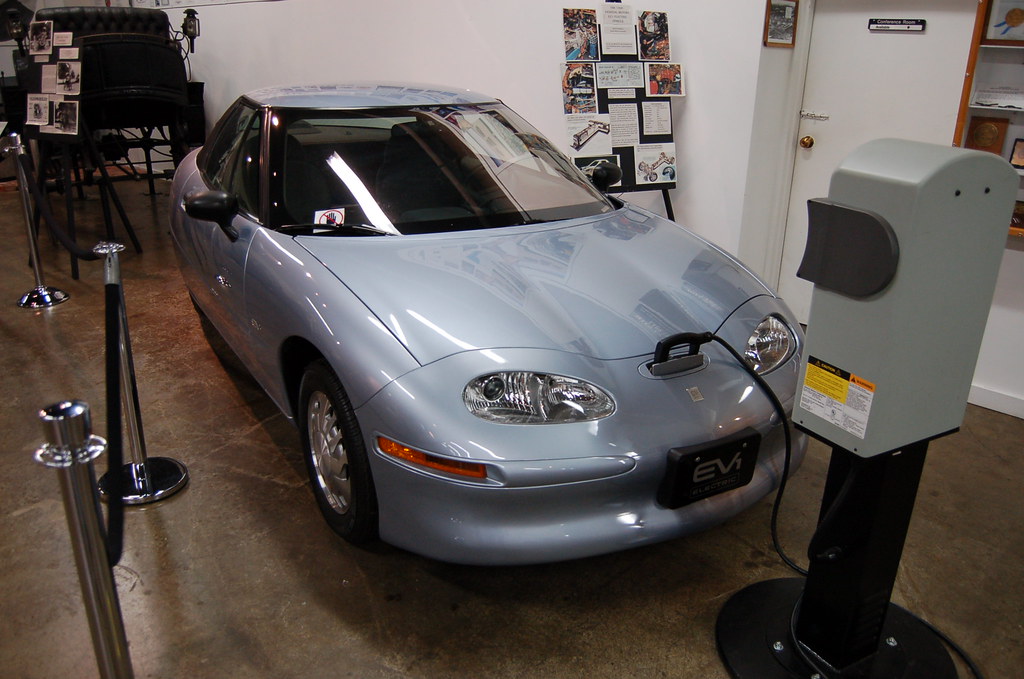
8. **Underestimating Maintenance Needs: A Silent Budget Drain**One of the touted benefits of electric vehicles is their reduced maintenance compared to internal combustion (IC) cars, thanks to fewer moving parts. While this holds true in many regards, a common mistake for first-time EV buyers is to underestimate the maintenance that *is* still required, particularly concerning the vehicle’s most critical and expensive component: the battery. Neglecting these needs can lead to significant unexpected expenses down the road.
The EV battery is the lifeblood of your car, and its health is paramount to both performance and long-term value. Regular inspection by an experienced mechanic is crucial to check the battery’s health and monitor its capacity changes over time, using diagnostic tools. Failure to prioritize battery care can accelerate degradation, eventually leading to costly replacements or significantly diminished range, both of which represent substantial financial liabilities.
Beyond the battery, EVs still require routine service for components like tires, brakes (though often less frequently due to regenerative braking), and fluids such as coolant. While oil changes are eliminated, overlooking these remaining maintenance needs can lead to premature wear and tear, necessitating more expensive repairs in the long run. Incorporating these specific EV maintenance checks into your annual budget is a practical step to avoid unforeseen financial hits.

9. **Leaving Your EV Outside: Climate’s Hidden Cost on Battery Life**The climate in which an EV operates and is stored can have a profound, often underestimated, financial impact on its most valuable asset: the battery. First-time buyers, accustomed to the resilience of IC vehicles in varying weather, frequently make the mistake of leaving their electric vehicle exposed to extreme heat or cold. This oversight directly undermines battery optimal capacity and accelerates degradation, leading to costly consequences.
Extreme heat, for instance, causes the EV battery to become hotter and accelerates chemical reactions within it. This directly undermines the battery’s optimal capacity, leading to a reduced overall lifespan and diminished range. Over time, consistent exposure to high temperatures will inevitably reduce the battery’s efficiency and necessitate earlier replacement or significant reconditioning, representing a substantial financial outlay that could have been mitigated.
Conversely, cold winter mornings also adversely affect an EV battery by making it harder to start and significantly reducing its range. While modern EVs have sophisticated thermal management systems, prolonged exposure to harsh cold still places strain on the battery. This consistent stress compromises battery longevity, again leading to potential premature replacements or diminished resale value, both of which are direct financial losses for the owner.
To safeguard this vital component and preserve your investment, it’s advisable to consider indoor parking or utilize your EV’s pre-conditioning features in extreme weather. Proactive measures to protect the battery from temperature extremes will extend its life, maintain its performance, and ultimately protect your financial investment in the long term.

10. **Getting an Inefficient Charger: Slow Charging, Higher Costs**The convenience of home charging is a major draw for EV ownership, yet many first-time buyers stumble by accepting or acquiring an inefficient charger. Your brand-new EV may come with a Level 1 charger, a 120-volt device that, while functional, can take 40 or more hours to fully charge your vehicle. This low-power solution often creates a significant bottleneck, impacting daily usability and subtly increasing operational costs.
Opting for an inefficient Level 1 charger over a more robust Level 2 alternative (which typically requires only four to 10 hours for a full charge) can lead to unexpected financial burdens. The prolonged charging times mean your vehicle is often not fully charged when needed, potentially forcing reliance on faster, but more expensive, public charging stations. This converts what should be a cost-saving home charging habit into an ongoing expense.
Furthermore, using an inefficient charger can also lead to higher electricity bills over time. While the direct energy consumption might seem similar, the extended period of drawing power, even at a lower rate, can be less efficient than a quicker, more concentrated charge. The opportunity cost of having your vehicle unusable for extended periods also impacts productivity and convenience, which holds intrinsic value.
First-time EV buyers should carefully consider investing in a Level 2 home charger. While there’s an initial installation cost, the significant savings in time, the consistency of a full charge, and the reduced reliance on higher-cost public charging can yield substantial financial benefits and a much more satisfying ownership experience over the life of the vehicle.

11. **Not Planning Your Charging Habits: Stranded Savings**Even with an expanding charging infrastructure, a critical mistake for first-time EV buyers is failing to establish a clear and consistent charging plan. Assuming that charging will seamlessly fit into one’s lifestyle without forethought can lead to unexpected inconveniences, range anxiety, and, most importantly, increased financial outlay due to suboptimal charging choices.
The most cost-effective and convenient charging strategy typically involves plugging in your EV at home overnight, waking up to a full battery at the lowest possible electricity rates. Without an at-home charger, or a plan to utilize it, first-time owners may find themselves scrambling to locate and use local public charging stations. While modern EV ranges mean you might only need one weekly public trip, this still requires planning to avoid premium rates or inconvenient detours.
This lack of planning often translates directly to higher operational costs. Public charging stations, particularly fast chargers, typically charge a premium per kilowatt-hour compared to residential rates. Consistently relying on these more expensive options, or being forced to use them in an emergency, can quickly erode the fuel savings that are a primary benefit of EV ownership. The financial impact of haphazard charging habits can negate a significant portion of the anticipated cost efficiencies.
To prevent these unnecessary expenses and ensure seamless EV ownership, first-time buyers should map out their daily and weekly driving needs and identify reliable, cost-effective charging solutions. Whether it’s a dedicated home charging setup or a schedule for local public stations, a well-thought-out charging plan is fundamental to maximizing the financial advantages of your electric vehicle.

12. **Misunderstanding Charging Compatibility: The Roadblock to Convenience and Cost**In the evolving landscape of electric vehicles, charging compatibility is not universally standardized, and misunderstanding this crucial aspect can be a costly mistake for first-time buyers. Different manufacturers and regions utilize various charging technologies, and assuming any public charger will work with any EV can leave you literally powerless and facing unforeseen expenses.
For instance, some automakers, such as Tesla, have their own specific supercharger network design that requires proprietary connections. While adapters are becoming more available, purchasing one adds an immediate cost to your EV ownership. Other vehicles, like the Nissan Leaf and Mitsubishi Outlander PHEV, use CHAdeMO technology, which is less prevalent than CCS (Combined Charging System) in some areas, potentially limiting charging options without specific adapters or access.
The financial implications of incompatibility are diverse. Beyond the direct cost of purchasing adapters, being unable to charge at readily available stations means wasted time searching for a compatible charger, potentially driving further and depleting more range. In worst-case scenarios, it could lead to the expense of a tow if your battery runs critically low in an area without compatible charging. This logistical challenge translates directly into financial burden and significant frustration.
Before finalizing an EV purchase, first-time buyers must thoroughly research the specific charging specifications of their chosen model. Understanding the charger types it accepts, the prevalence of compatible stations in their frequent travel areas, and the necessity and cost of any adapters, should be an integral part of the pre-purchase due diligence. This foresight safeguards against unexpected costs and ensures a smooth, convenient charging experience.

13. **Ignoring the Tax Rebates: Missing Out on Thousands**Electric vehicles, while offering long-term savings on fuel and maintenance, often come with a higher initial price tag due to new technologies. A significant financial mistake first-time EV buyers make is overlooking or failing to fully utilize the available tax rebates and incentives designed to offset this cost. These programs can save buyers thousands of dollars, making EV ownership substantially more affordable.
Federal tax credits, for example, can offer up to $7,500 based on the EV’s battery capacity and other qualifying factors. These aren’t just limited to the vehicle purchase; incentives also apply if you install a qualifying home charging station, further reducing the financial barrier to convenient EV ownership. Missing out on these federal benefits is akin to leaving money on the table, directly inflating the net cost of your EV.
Beyond federal programs, many states and local municipalities offer additional incentives, such as sales tax exemptions, rebates, or even free or discounted parking for EVs. These layered benefits collectively aim to incentivize the switch to electric mobility, and a comprehensive understanding of what’s available in your specific location can significantly impact your overall financial outlay, turning a seemingly expensive purchase into a financially savvy one.
For first-time EV buyers, it is crucial to research all applicable tax credits and rebates—federal, state, and local—*before* making a purchase. Understand the eligibility criteria, income limitations, and the process for claiming these incentives. Proactively seeking out and applying for these rebates can dramatically reduce the true cost of your EV, making the transition to electric a much more attractive financial proposition.

14. **Limiting Yourself to New EVs: Overlooking Value in the Used Market**The perception that EV technology is cutting-edge often leads first-time buyers to exclusively consider new models straight off the lot, believing they offer the best or only viable entry point. However, this common mistake can result in significantly higher costs, as it overlooks the immense value and financial opportunities present in the used electric vehicle market. Experts note that the average cost of a new EV is approximately $55,105, which is about $6,000 more than gas-powered autos.
By limiting yourself solely to new EVs, you are committing to paying a premium and absorbing the most severe depreciation hit, which typically occurs in the first few years of a vehicle’s life. The used EV market, in contrast, allows buyers to leverage this depreciation, acquiring a reliable vehicle at a substantially reduced price. This strategy provides more car for your budget without overextending your financial limits, making EV ownership accessible to a broader range of consumers.
Contrary to some misconceptions, used electric cars can be just as good and often require less maintenance than their IC counterparts, mitigating concerns about wear and tear. Certified Pre-Owned (CPO) EVs offer an excellent middle ground, providing the cost savings of a used vehicle combined with extended factory warranties and rigorous inspections, offering peace of mind that rivals a new car purchase. This provides a robust safety net for first-time buyers wary of potential issues.
Thoroughly inspecting any used EV and ensuring it meets your standards is always recommended. However, for those looking to maximize savings and get excellent value, exploring the pre-owned market opens up a world of possibilities. It’s a smart financial move that avoids the immediate price premium and depreciation of new models, allowing first-time buyers to access electric mobility without compromising their budget.
Making the transition to an electric vehicle should be an exciting and financially rewarding decision, not a source of stress or unexpected costs. By meticulously avoiding these 14 common financial mistakes, from securing advantageous loan terms to optimizing ongoing ownership costs, first-time EV buyers can confidently embrace the future of mobility. The journey into electric is not just about environmental benefits, but also about securing a smarter, more sustainable financial future on the road. Armed with the right knowledge and a proactive approach, your first EV purchase can indeed be a resounding success, setting a positive precedent for all your future automotive endeavors.

